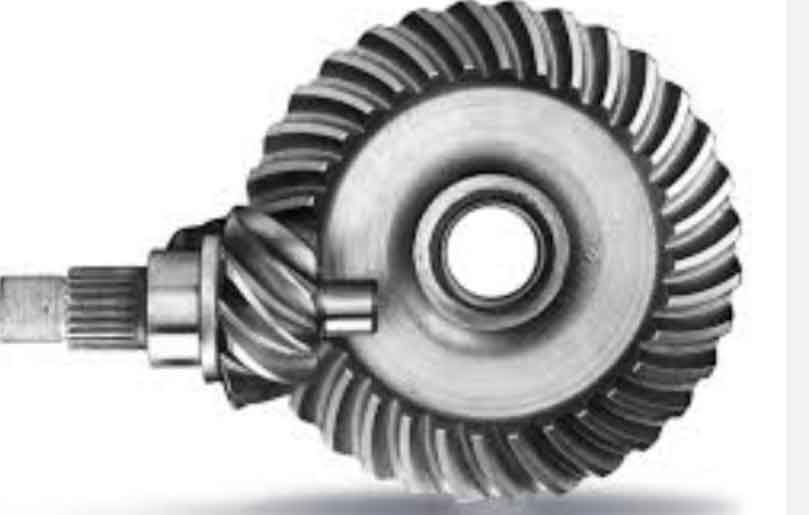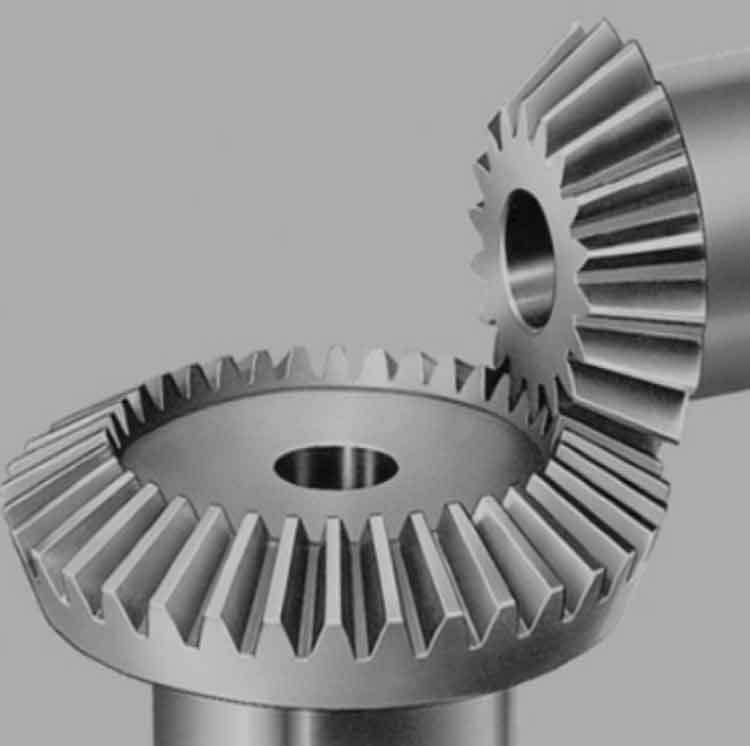Hypoid gears and bevel gears are both types of gears used for power transmission, but they have distinct differences in design, application, and performance characteristics. Here’s a comparative analysis of hypoid gears vs. bevel gears:
1. Design and Offset:
- The most significant difference between hypoid gears and bevel gears lies in their design and offset. Hypoid gears have an offset between the axes of the pinion and gear, resulting in a right-angle gear configuration. Bevel gears, on the other hand, have intersecting axes, leading to a straight-line gear configuration.
2. Torque Capacity:
- Hypoid gears generally offer higher torque capacity compared to bevel gears. The offset design of hypoid gears provides a larger contact area between the teeth, which enables them to handle higher torque loads and greater power transmission capabilities.
3. Efficiency:
- Hypoid gears typically exhibit higher efficiency than straight-cut bevel gears. The helical tooth design of hypoid gears results in smoother tooth engagement, reducing friction and power loss during gear transmission.
4. Quiet Operation:
- Both hypoid gears and bevel gears can be designed for quiet operation, especially when using helical teeth. However, hypoid gears tend to be quieter due to their offset design and improved meshing characteristics.
5. Space Constraints:
- Hypoid gears offer advantages in applications with space constraints due to their offset design. They can provide a more compact and space-saving gear arrangement compared to bevel gears.
6. Applications:
- Hypoid gears are commonly used in automotive differentials, power tools, industrial machinery, and other applications that require right-angle gear configurations and higher torque capacity. Bevel gears are used in various industries, including automotive, aerospace, and manufacturing, for intersecting shafts at various angles.
7. Backlash and Precision:
- Hypoid gears generally have lower backlash compared to bevel gears, allowing for better precision and motion control in certain applications.
8. Complexity and Manufacturing:
- The offset design of hypoid gears can make their manufacturing more complex compared to straight-cut bevel gears. However, advancements in manufacturing techniques, such as precision machining and 3D printing, have made hypoid gears more accessible.
9. Heat Dissipation:
- Hypoid gears exhibit better heat dissipation due to their helical tooth design, which is beneficial in high-power and high-speed applications.
The choice between hypoid gears and bevel gears depends on the specific application requirements, such as torque capacity, space constraints, efficiency needs, and gear arrangement. Hypoid gears are preferred when high torque, right-angle configuration, and smooth operation are essential, while bevel gears are used for intersecting shafts at various angles and where space is not a constraint. Both types of gears have their advantages and are valuable solutions for different power transmission applications.


